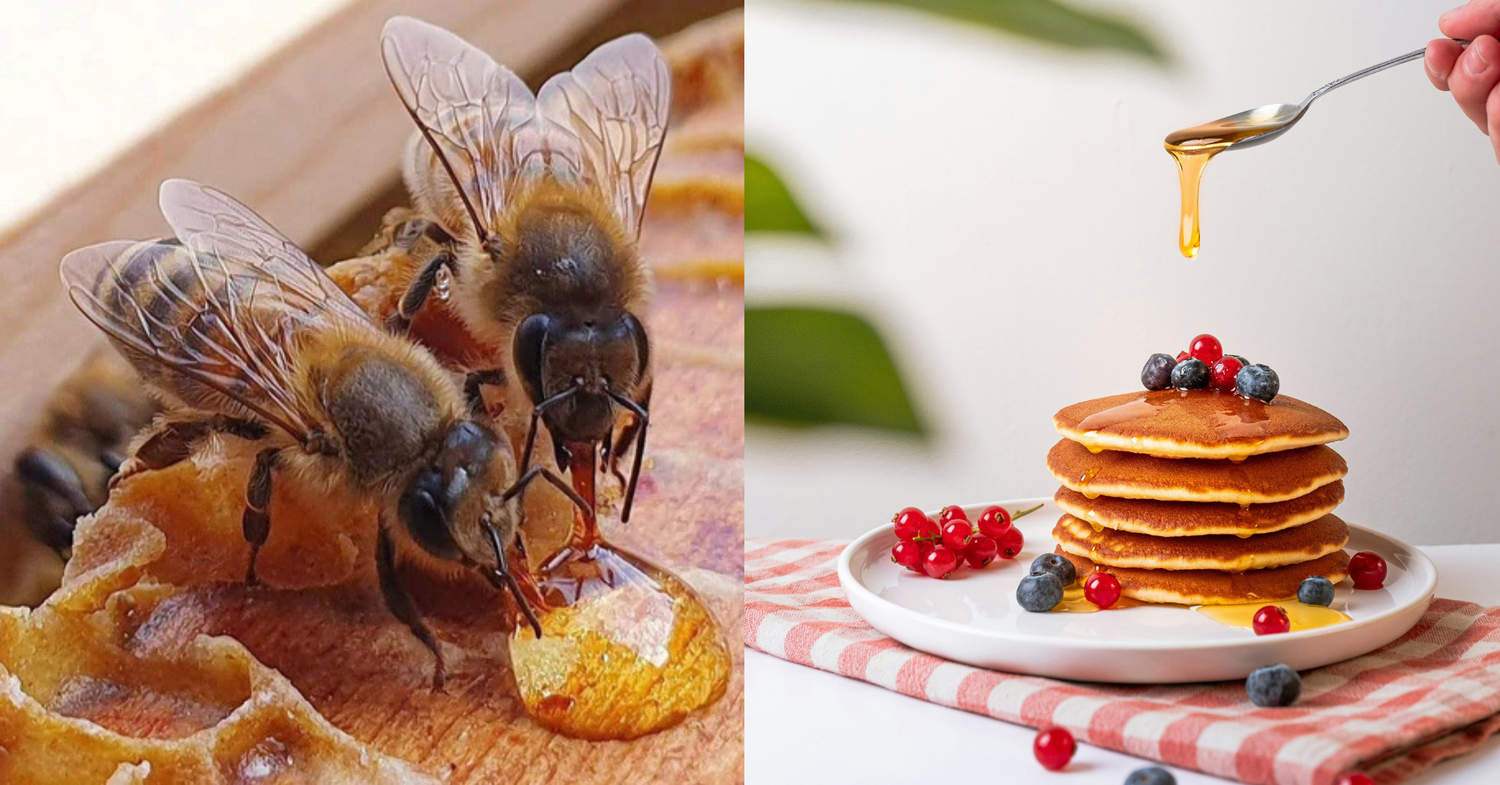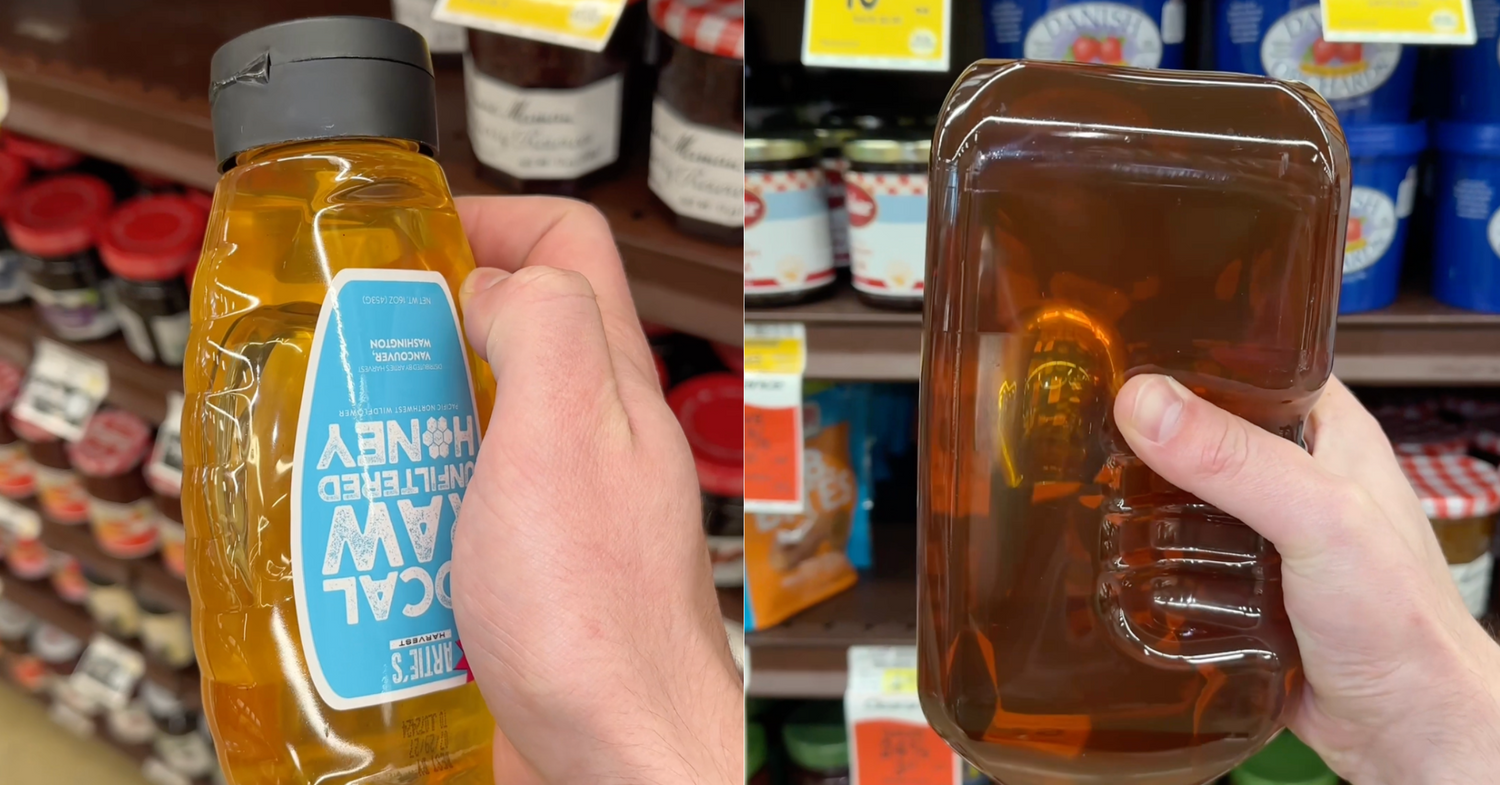When we think of honey, the golden, sweet nectar we’re all familiar with comes to mind. But what about the intriguing varieties like strawberry honey or mango honey? Are these truly honey, or just a marketing gimmick?
Let’s dive into the fascinating world of monofloral honey and find out what makes it so unique compared to the typical multifloral honey from the supermarkets that we’re used to.
What actually is Monofloral Honey?
Monofloral honey is honey that comes primarily from the nectar of a single type of flower. Unlike multifloral honey—which is produced when bees collect nectar from a variety of flowers—monofloral honey offers a more distinctive and intense flavour, aroma, and colour that reflects the characteristics of its single floral source.

Image Credit: Pixabay
For example, mango honey, also known as Sweettooth honey, is produced by bees that gather nectar exclusively from mango flowers. This gives the honey a subtle fruity note and a one-of-a-kind profile you won’t find in any regular honey.
How is Monofloral Honey Obtained?
Monofloral honey production requires precise conditions and careful beekeeping practices. In the case of strawberry or mango honey, beehives are strategically placed in fields or orchards where these specific crops grow.
For instance, our Jungle’s Heart honey is harvested from bees located in the strawberry farms of Garut, Indonesia, a chilly, mountainous region ideal for producing this rare honey variety.

The process requires patience and dedication, as the bees collect nectar solely from the targeted plants—making monofloral honey both time-consuming to produce and incredibly limited.
The Magic of Monofloral Honey
Monofloral honey is not just about flavour; it’s about the intricate connection between bees and nature. Each batch of monofloral honey can vary slightly depending on the nectar source, weather conditions, and the floral diversity in the area.

Image Credit: Pixabay
This natural variation makes each jar of honey truly one-of-a-kind, with subtle differences that reflect the environment in which it was produced.
This variability is part of the magic of natural honey—every jar carries the essence of its origin, offering a unique tasting experience every time.
The Benefits of Monofloral Honey
Monofloral honey is often prized not only for its unique flavour profile but also for its potential health benefits. Since the honey is derived from a single flower source, it tends to contain a higher concentration of specific nutrients or enzymes associated with that particular plant.

Image Credit: Pixabay
For example, some studies suggest that certain monofloral honeys may have higher antibacterial or anti-inflammatory properties compared to multifloral varieties.
Because monofloral honey is produced in smaller quantities and under specific conditions, it’s often much more scarce and considered premium than its multifloral counterpart.

Image Credit: Ruslan Sikunov
Where Can You Get Monofloral Honey?
If you’re curious to try these incredible monofloral honey varieties for yourself, look no further than Jungle House. Our stores offer a range of monofloral honey, including our popular Jungle’s Heart (Strawberry Honey), alongside other delightful flavours like Citrus honey, Longan honey, Durian honey and more.

Each jar offers a taste of nature's finest, straight from our carefully tended beehives.
So, next time you're looking for a special gift or want to elevate your own honey collection, why not explore the rich, complex world of monofloral honey? It’s a sweet discovery waiting for you!
Conclusion: Try Monofloral Honey Yourself
Strawberry honey and mango honey aren’t just gimmicks—they’re real, naturally produced honey with a fascinating story. These monofloral honey are a testament to the beauty of nature, crafted by bees that are as hardworking as the farmers and beekeepers who support them.

Visit Jungle House to explore these exceptional honey varieties and experience the unique flavors that only monofloral honey can offer.
Discover the world of monofloral honey at Jungle House today!





